On May 18, 1980, an earthquake struck below the north face of Mount St. Helens in Washington state, triggering the largest landslide in recorded history and a major volcanic eruption that scattered ash across a dozen states. The sudden lateral blast—heard hundreds of miles away—removed 1,300 feet off the top of the volcano, sending shock waves and pyroclastic flows across the surrounding landscape, flattening forests, melting snow and ice, and generating massive mudflows. A total of 57 people lost their lives in the disaster. This anniversary always hits home for me, as I was a 12-year-old living in Spokane at the time. I have such vivid memories of the approaching ash cloud, the bizarre dark skies at daytime, the uncertain fears of inhaling the ash, deserted streets, and closed schools.
-

An ash plume billows from the crater atop Mount St. Helens hours after its eruption began on May 18th, 1980, in Washington State. The column of ash and gas reached 15 miles into the atmosphere, depositing ash across a dozen states. #
USGS / Robert Krimmel -

On May 17, 1980, the vulcanologist David Johnston sits at Coldwater II camp near Mt. St. Helens. At 8:32 a.m. the next morning, Johnston radioed a message to the USGS headquarters: “Vancouver, Vancouver, this is it!” Johnston did not survive the eruption. Coldwater II was later re-named Johnston Ridge, in honor of Johnston. #
Harry Glicken / USGS -

An animated series of images showing the May 18, 1980, eruption of Mt. St. Helens. Clearly visible in the first few images is the largest recorded landslide in history—the entire north face of the volcano sliding away, following a shallow earthquake. The newly-exposed core of the volcano then erupted. #
AP -

Ash clouds from Mount St. Helens move over Ephrata Airport in Washington State on Monday, May 19, 1980. Communities across central and eastern Washington were covered in three to four inches of gritty and fine ash particles. #
Mike Cash / AP -

A house is submerged along the Toutle River, which flooded in the aftermath of the eruption of Mount St. Helens on May 19, 1980. Area streams and rivers rose quickly as ice and snow on the volcano melted instantly. #
AP -

A logging operation along the Toutle River, Washington, about 20 miles from Mount St. Helens, in ruins after flooding from ice and snow melt from the mountain, in May of 1980 #
AP -

Bob Brown (left) and his brother John attempt to lead three horses to safety out of the Weyerhaeuser 19 Mile camp in Kid Valley, Washington. The yard was flooded by the Toutle River following the eruption of Mount St. Helens. #
Gary Stewart/ / AP -

Bob Brown (right) and John Brown climb onto railroad car, heading down the train along with two additional would-be horse rescuers, giving up their efforts as they flee for their lives, after flood waters from the Toutle River began a sudden rise on May 19, 1980. All four people reached safety, but the horses are presumed to have drowned. #
Gary Stewart/ / AP -

The crater left at the summit of Mount St. Helens, after it lost more than 1,300 feet of elevation to the catastrophic landslide and eruption of May 18, 1980, the surrounding landscape still steaming #
AP -

The streets of Yakima, Washington, are dark at 3 p.m. after the eruption of Mount St. Helens on May 18, 1980. Volcanic ash covered the streets as people wore masks to avoid breathing the particles. #
AP -

Heidi Havens, 15, gives Allen Troup, 16, a kiss as he prepares to board a Spokane City bus, on May 27, 1980. Spokane residents had to wear face masks while outside for days after the eruption, because of possible health threats from volcanic ash sprayed over the area by Mount St. Helens on May 18. #
Ralph Viggers / AP -

The slopes of Smith Creek valley, east of Mount St. Helens, show trees blown down by the May 18, 1980 lateral blast. Two U.S. Geological Survey scientists (lower right) give scale. The direction of the blast—shown here from left to right—is apparent in the alignment of the downed trees. Over 4 billion board feet of usable timber, enough to build 150,000 homes, were damaged or destroyed. #
Lyn Topinka / USGS -

A Washington State geologist and a reporter walk toward the crater of Mount St. Helens on May of 1981, almost a year after the volcano exploded, causing dramatic destruction for miles around. They were near the steaming lava dome with the snow-covered crater wall beyond. #
Gary Stewart / AP -

Satellites in orbit and scientists on the ground still monitor the mountain and track the recovery of Mount St. Helens. This image shows a three-dimensional view of the mountain, looking toward the southeast, as it appeared on April 30, 2015. The image was assembled from data acquired by the Operational Land Imager on Landsat 8 and the Advanced Spaceborne Thermal Emission and Reflection Radiometer (ASTER) on Terra. #
Jesse Allen and Joshua Stevens / NASA Earth Observatory

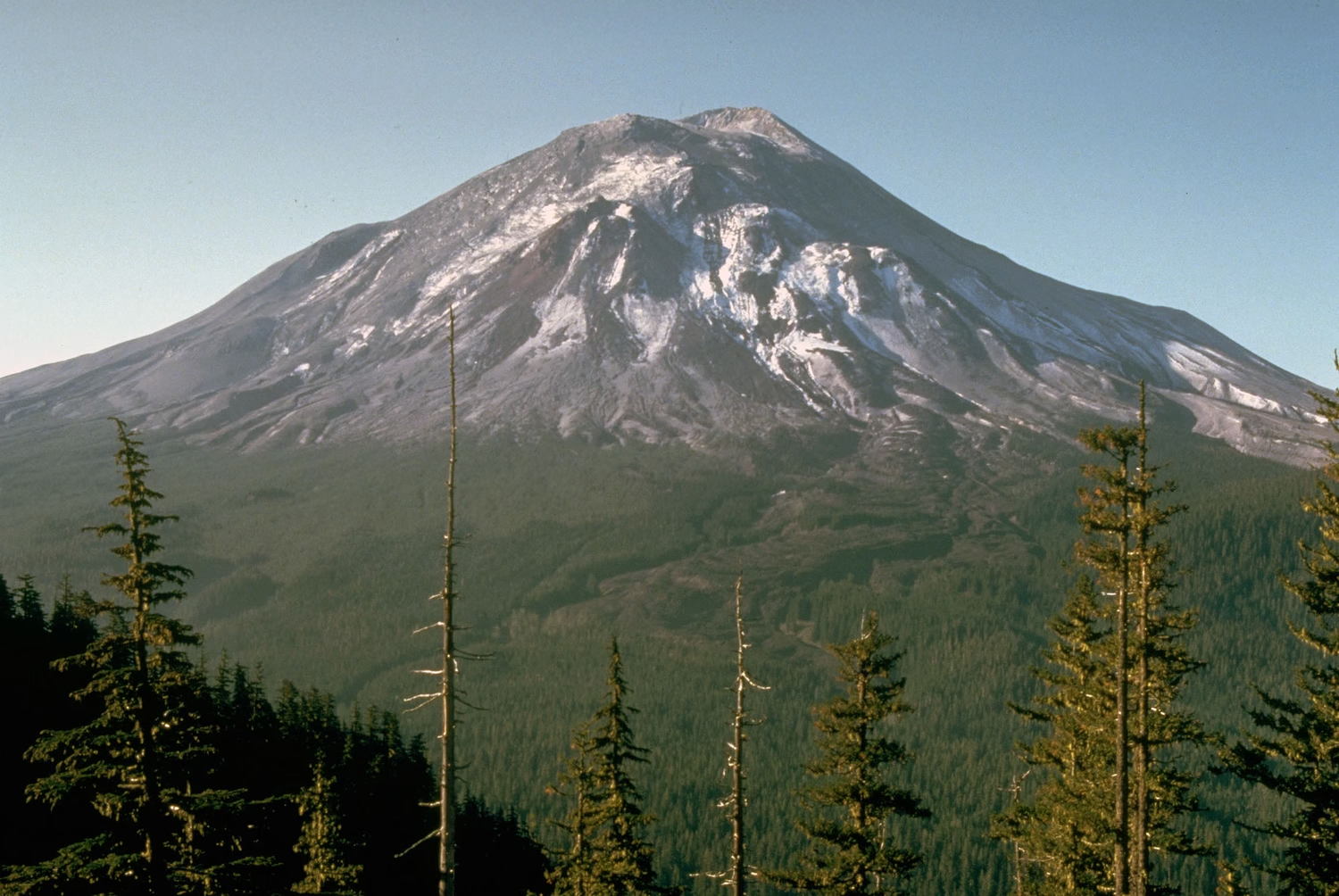



















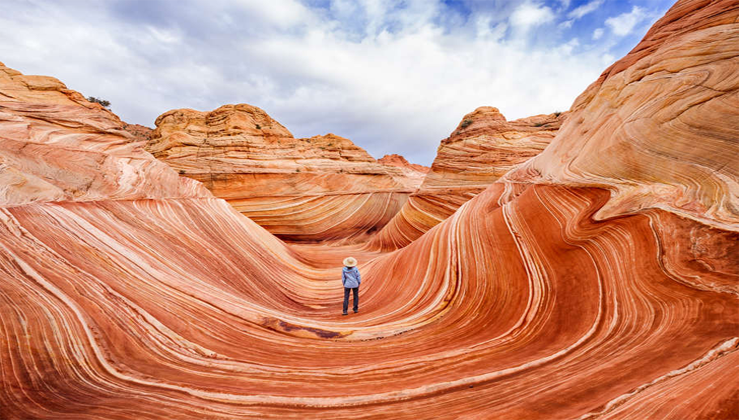
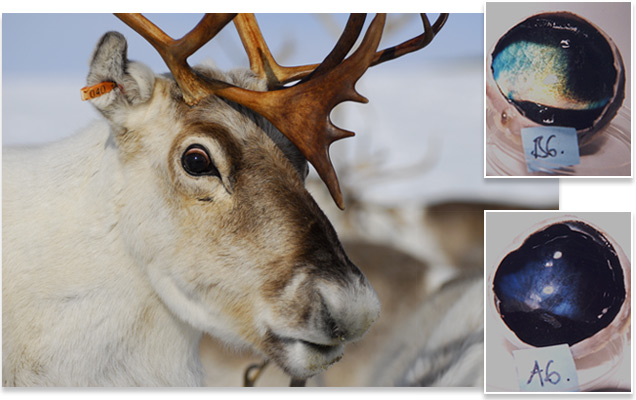
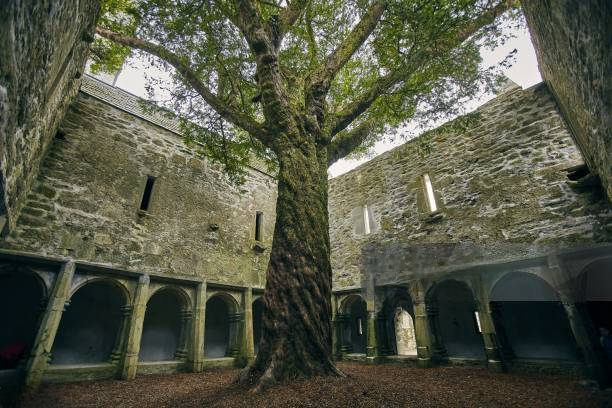
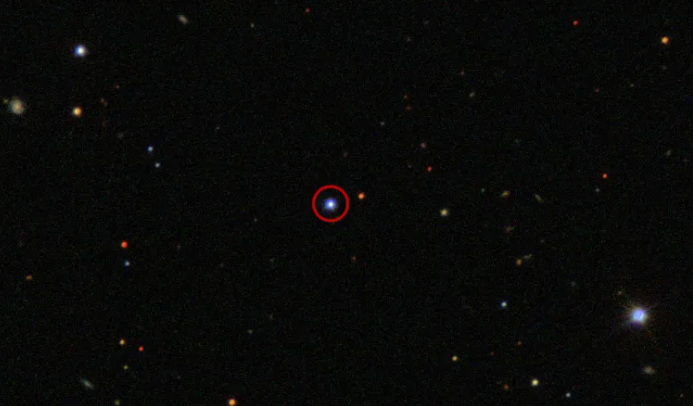

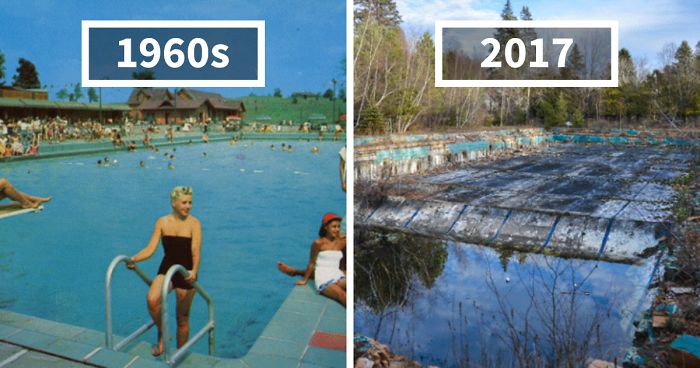 Photographer Finds Locations Of 1960s Postcards To See How They Look Today, And The Difference Is Unbelievable
Photographer Finds Locations Of 1960s Postcards To See How They Look Today, And The Difference Is Unbelievable  Hij zet 3 IKEA kastjes tegen elkaar aan en maakt dit voor zijn vrouw…Wat een gaaf resultaat!!
Hij zet 3 IKEA kastjes tegen elkaar aan en maakt dit voor zijn vrouw…Wat een gaaf resultaat!!  Scientists Discover 512-Year-Old Shark, Which Would Be The Oldest Living Vertebrate On The Planet
Scientists Discover 512-Year-Old Shark, Which Would Be The Oldest Living Vertebrate On The Planet 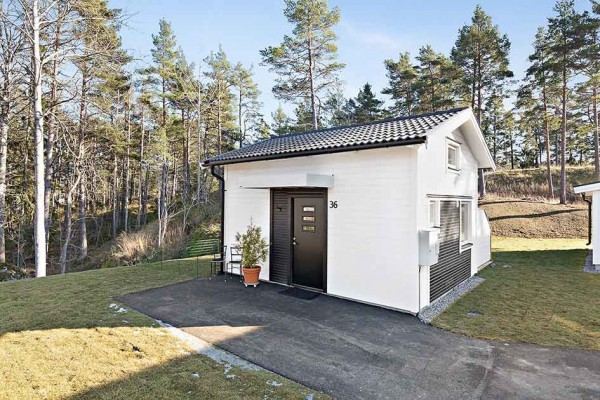 Hus til salg er kun 22 kvadratmeter – men vent til du ser det indvendigt
Hus til salg er kun 22 kvadratmeter – men vent til du ser det indvendigt  Superknepet – så blir snuskiga ugnsformen som ny igen!
Superknepet – så blir snuskiga ugnsformen som ny igen!  Meteorite That Recently Fell in Somalia Turns Out to Contain Two Minerals Never Before Seen on Earth
Meteorite That Recently Fell in Somalia Turns Out to Contain Two Minerals Never Before Seen on Earth  Nearly Frozen Waves Captured On Camera By Nantucket Photographer
Nearly Frozen Waves Captured On Camera By Nantucket Photographer 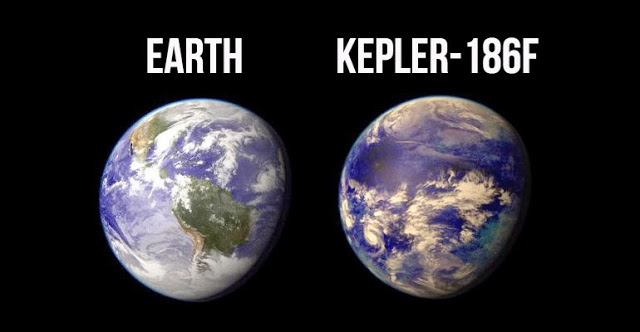 It’s Official: Astronomers Have Discovered another Earth
It’s Official: Astronomers Have Discovered another Earth 